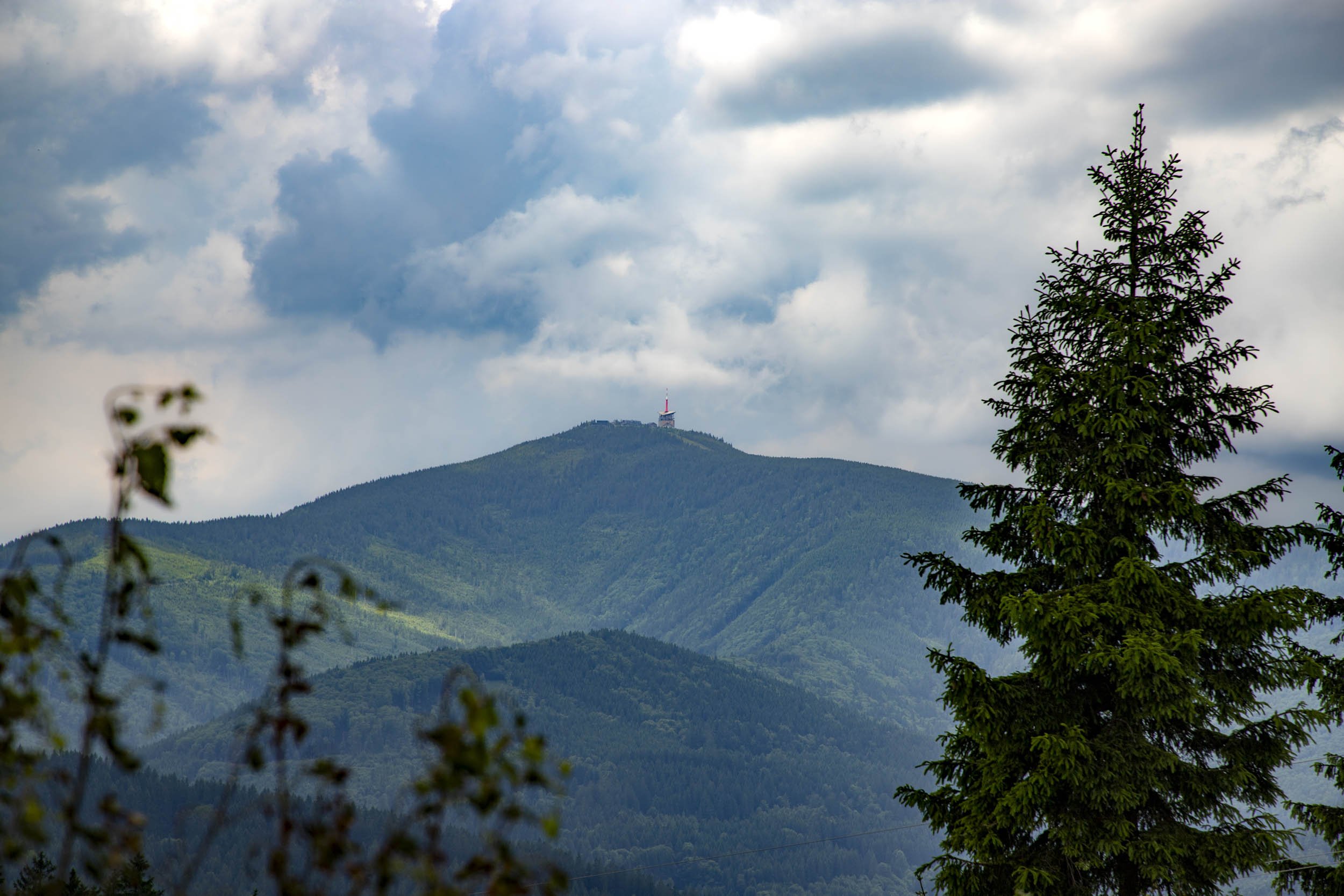Beskydy: A natural paradise with a fascinating geological past
-
The Beskydy Mountains,
located on the border of the Czech Republic, Slovakia and Poland, represent one of the most beautiful and ecologically significant mountain ranges in Central Europe. Their breathtaking landscape, interwoven with deep forests, picturesque meadows and streams, hides a rich natural diversity and at the same time tells a million-year-old story of turbulent geological processes.
Geological history: Orogeny and Carpathian flysch
The geological past of the Beskydy Mountains is inextricably linked to the Alpine-Himalayan orogeny, which shaped a large part of the European and Asian mountain ranges. The Beskydy Mountains are part of the Western Carpathians, and their formation dates back to the Mesozoic and Tertiary periods, when there were intense movements of the earth's crust.
A key element of the geological structure of the Beskydy Mountains is the so-called Carpathian flysch. It is a complex of alternating layers of sandstones, claystones and conglomerates, which settled on the bottom of the former sea (Tethys) and were subsequently folded and uplifted. These sediments, often rhythmically recurring, testify to a dynamic environment with repeated surges of turbidity - submarine currents carrying large amounts of sediment. It is the flysch structure that is responsible for the characteristic relief of the Beskydy Mountains, where steep slopes alternate with gentler slopes. It is also the cause of frequent landslides, especially after heavy rains, which further shape the Beskydy landscape.
Last but not least, it is important to mention the presence of the Magura flysch in the southwestern part of the Beskydy Mountains, which differs from the outer flysch belts in its different petrographic composition and layer thickness. The mountains were also affected by the Quaternary glaciation, which did not completely cover the Beskydy with a glacier, but left traces in the form of periglacial phenomena such as frost blocks and stone seas.
Natural wealth: Forests, streams and rare species
The natural face of the Beskydy is shaped by their geological structure and climate. Extensive spruce monocultures prevail here, which, however, have been replaced in recent years by native tree species such as beeches, firs and maples. These mountain forests are home to many animal species, including iconic large carnivores.
The Beskydy are one of the last refuges for the brown bear, the grey wolf and the lynx in the Czech Republic. Their presence indicates the good condition of the ecosystems and the abundance of food. In addition to these predators, many other mammals live here, such as the red deer, the roe deer, the wild boar and the red fox. Birds include the golden eagle, black woodpecker and tawny owl.
The dense network of streams and creeks that originate in the higher areas of the Beskydy Mountains creates ideal conditions for amphibians and fish. In the clear waters, you can find, for example, brown trout, common roach or river crayfish. The flora is also specific, where rare plant species such as the common omelia, arnica or round-leaved sundew occur in the springs and wet meadows.
Nature protection and sustainable development
The unique natural and geological wealth of the Beskydy Mountains led to the declaration of the Beskydy Protected Landscape Area, which strives to protect this valuable area. Emphasis is placed on sustainable forest management, protection of watercourses and biodiversity. Growing tourism represents a challenge, but also an opportunity for the development of the region, if it is managed with regard to the preservation of natural values.
The Beskydy Mountains are not just a picturesque mountain range that attracts tourists with its views and quiet corners. They are a living textbook of geology that allows us to glimpse into the Earth's ancient past, and at the same time, they are home to rare species of plants and animals whose survival depends on our responsibility.

View from the ridge hike

Lysa Hora highest mountain of the Beskydy Mountains

View of Mala Fatra Mountains at dawn, Slovakia

Hotel Charbulak, Stare Hamry, Czech Republic

Hotel Charbulak, Stare Hamry, Czech Republic

Balconies at the Bahenec cottage

Building on the top of Bahenec

Even this high, people live

Bahenec cottage from the front

Bahenec cottage from the north side

Interesting housing in the Bahenec area

Trail to the Bahenec peak

View from Bahenec down to the valley

View from Bahenec down to the valley

View from Bahenec down to the valley

View from Bahenec down to the valley

View from Bahenec to the Beskydy Mountains

View from Bahenec to the Beskydy Mountains

View from Bahenec to the Beskydy Mountains

View from Bahenec to Poland

View from Bahenec to the Beskydy Mountains

View from Bahenec to the Beskydy Mountains

Vegetation around Hotel Charbulák

View of the surroundings from the Charbulák hotel

View of the surroundings from the Charbulák hotel

Trail to Švarná Hanka

View of the surroundings from the Charbulák hotel

Dawn at Hotel Charbulák

Dawn at Hotel Charbulák